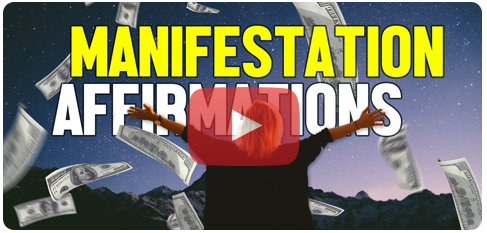The roof is not only a functional element of your home, but it also contributes to its overall aesthetic appeal. There are several factors to consider when choosing a roof design for your house. From traditional gable roofs to modern flat roofs, the options are vast. To help you make an informed decision, we’ve outlined key considerations to keep in mind when selecting a roof design that fits your house perfectly.
Architectural Style: Enhancing the Character of Your Home
The architectural style of your house plays a vital role in determining the most suitable roof design. A cohesive look between the architecture and the roof design can greatly enhance the overall appeal of your home. For instance, if you have a farmhouse-style home, a classic gable roof with its distinctive triangular shape would complement the design perfectly.
On the other hand, if your house has a contemporary or modern aesthetic, a flat roof with clean lines can create a sleek and minimalist appearance. Take some time to research and understand the architectural style of your home to ensure the roof design you choose harmonizes with it.
Climate Considerations: Durability and Energy Efficiency
The climate in which your house is located is another crucial factor to consider when selecting a roof design. Different roof styles have varying levels of durability and energy efficiency, making it important to choose one that can withstand the weather conditions in your area. For instance, in regions with heavy snowfall, a steep-sloped roof such as a hip or gable roof can prevent snow accumulation, reducing the risk of structural damage.
In hot climates, a roof with good insulation and ventilation, such as a cool roof or a combination of a flat roof and a green roof, can help regulate indoor temperatures and reduce cooling costs. By considering the climate, you can ensure that your chosen roof design not only looks great but also provides long-term functionality and energy efficiency.
Local Building Codes and Regulations: Compliance and Safety
Before finalizing your roof design, it’s crucial to familiarize yourself with the local building codes and regulations in your area. Building codes exist to ensure the safety and structural integrity of buildings. They may specify certain requirements for roof designs, such as minimum slopes, fire resistance, or wind uplift ratings. By understanding and complying with these regulations, you can avoid potential legal issues and ensure the safety of your home.
Consulting with professional architects or locally based TecHero Roofing Inc. and other contractor companies, can provide valuable guidance in navigating the local building codes and regulations. Not just that, but it can help you choose a roof design that meets all the necessary standards.

Budget and Maintenance: Finding a Balance
When choosing a roof design, it’s essential to consider your budget for installation and ongoing maintenance. Some roof designs, such as complex hip roofs or roofs with intricate architectural details, may require more materials and labor, resulting in higher costs. Additionally, certain roof designs may require regular maintenance and repairs, which can add to the long-term expenses.
On the other hand, simpler roof designs like gable or flat roofs are generally more cost-effective to install and maintain. By finding a balance between your budget and desired aesthetic, you can choose a roof design that not only suits your house but also fits within your financial constraints.
Roofing Materials: Aesthetics and Longevity
The choice of roofing materials is a crucial aspect when selecting a roof design that suits your house. Different materials offer unique aesthetics, durability, and longevity. For example, if you’re aiming for a classic and elegant look, traditional materials like slate or clay tiles can be an excellent choice. These materials not only provide a timeless appeal but also offer exceptional durability. On the other hand, if you prefer a more modern and versatile look, metal roofing materials such as steel or aluminum can provide a sleek and contemporary appearance.
Additionally, metal roofs are known for their durability and resistance to harsh weather conditions. Consider the pros and cons of various roofing materials to ensure that your chosen design aligns with your desired aesthetic and meets your expectations for longevity.
Neighborhood and Resale Value: Harmony and Market Appeal
While it’s important to choose a roof design that reflects your personal style and preferences, considering the overall look of your neighborhood and the potential resale value of your home is also crucial. A roof design that harmonizes with the surrounding houses can contribute to the visual appeal of the entire neighborhood. Additionally, certain roof designs may have more market appeal and attract potential buyers if you plan to sell your home in the future.
Researching the prevalent roof designs in your area and understanding the preferences of potential buyers can help you make an informed decision. Striking a balance between your personal taste and the broader market can ensure that your chosen roof design not only complements your house but also enhances its resale value.
In conclusion, selecting the right roof design for your house involves considering multiple factors such as architectural style, climate, budget, maintenance, roofing materials, local building codes, and neighborhood aesthetics. By carefully evaluating these aspects, you can choose a roof design that not only enhances the beauty of your home but also provides durability, energy efficiency, compliance with regulations, and potential resale value. A well-chosen roof design will not only protect your house but also contribute to its overall aesthetic appeal, making it a perfect fit for your home.








